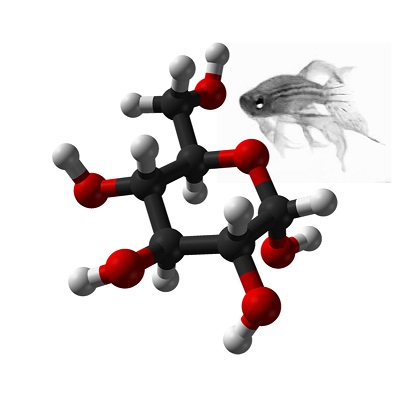Rebar, Edward J, Yan Huang, Reed Hickey, Anjali K Nath, David Meoli, Sameer Nath, Bingliang Chen, et al. 2002. “Induction of Angiogenesis in a Mouse Model Using Engineered Transcription Factors”. Nat Med 8 (12): 1427-32.
Abstract
The relationship between the structure of zinc-finger protein (ZFP) transcription factors and DNA sequence binding specificity has been extensively studied. Advances in this field have made it possible to design ZFPs de novo that will bind to specific targeted DNA sequences. It has been proposed that such designed ZFPs may eventually be useful in gene therapy. A principal advantage of this approach is that activation of an endogenous gene ensures expression of the natural array of splice variants. Preliminary studies in tissue culture have validated the feasibility of this approach. The studies reported here were intended to test whether engineered transcription factors are effective in a whole-organism model. ZFPs were designed to regulate the endogenous gene encoding vascular endothelial growth factor-A (Vegfa). Expression of these new ZFPs in vivo led to induced expression of the protein VEGF-A, stimulation of angiogenesis and acceleration of experimental wound healing. In addition, the neovasculature resulting from ZFP-induced expression of Vegfa was not hyperpermeable as was that produced by expression of murine Vegfa(164) cDNA. These data establish, for the first time, that specifically designed transcription factors can regulate an endogenous gene in vivo and evoke a potentially therapeutic biophysiologic effect.
Last updated on 03/22/2023
